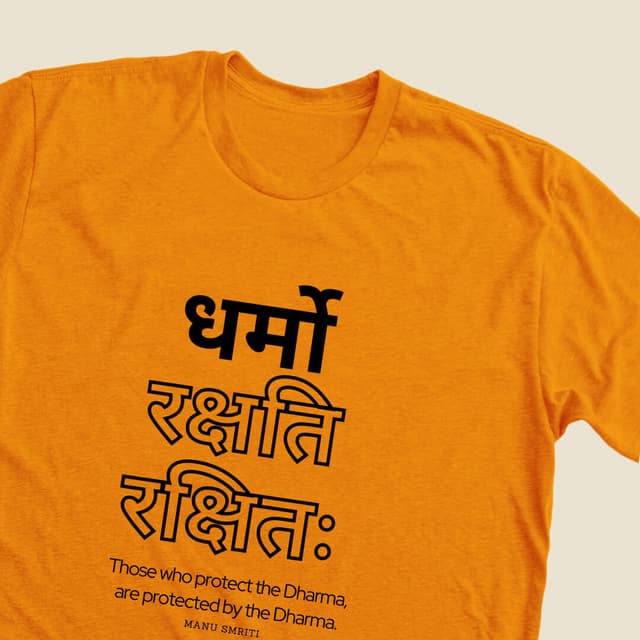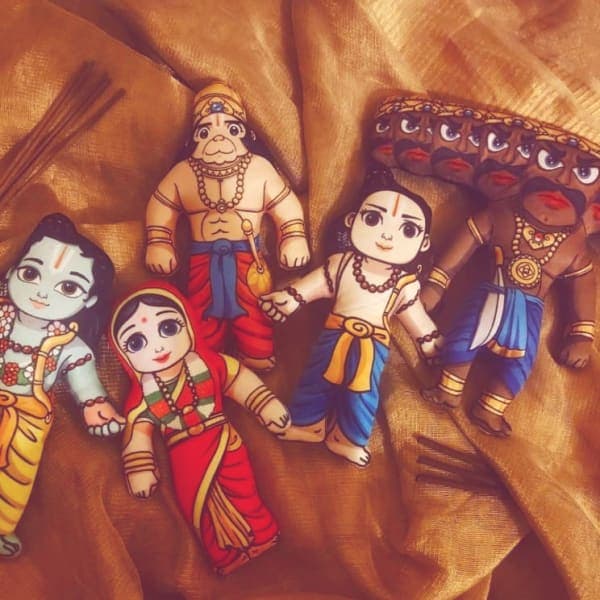Varaha Upanishad
It is listed as one of the 32 Krishna Yajurveda Upanishads, and classified as one of 20 Yoga Upanishads. The text has five chapters, structured primarily as a discussion between Vishnu in his Varaha (boar) avatar and the sage Ribhu. The discussion covers the subjects of Tattvas, the nature and relationship between the individual soul (Self, Atman) and the Ultimate Reality (Brahman), the seven stages of learning, the characteristics of Jivanmukti (inner sense of freedom while living), and the four types of Jivanmuktas (liberated persons). The last chapter of the text is dedicated to Yoga, its goals and methods. The Varaha Upanishad emphasizes that liberation from sorrow and fear requires a human being to know the non-dualistic nature of existence, oneness between Self, Brahman and Vishnu, and the role of Yoga in self-liberation, and lists ten Yamas (virtues) as essential to a liberation of one's soul: nonviolence, satya, asteya, brahmacharya, compassion, rectitude, kshama, non-hypocrisy, mitahara, and shaucha. The text describes the Jivanmukta as one whose inner state, amongst other things, is neither affected by happiness nor by suffering inflicted on him, who does not shrink out of fear from the world, nor the world shrinks from him with fear, and whose sense of calm and inner contentment is free from anger, fear, and joy toward others.
Chapter Description Not Available
Help us improve by contributing the description for this chapter.
Submit via WhatsApp...




